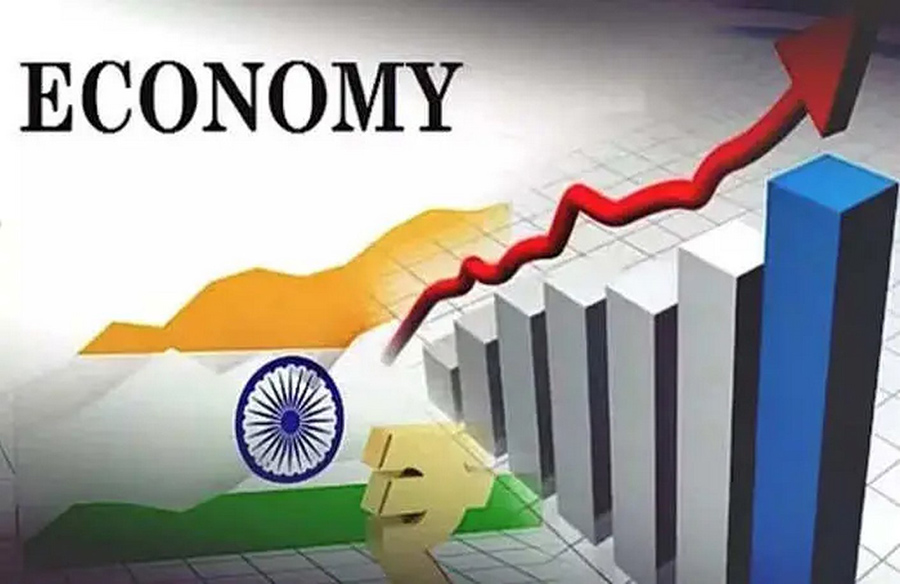Economists at Morgan Stanley are drawing parallels between India’s current economic growth and the boom experienced during the years 2003-07. According to their analysis, the present surge in economic activity, driven by increased investment, echoes the growth trajectory observed nearly two decades ago.
Investment Boom Driving Growth
After a decade of stagnation, investment-to-GDP ratios are on the rise again in India. This resurgence in capital expenditure, especially in the private sector, mirrors the investment trends witnessed during the early 2000s. Morgan Stanley anticipates further growth in investment, projecting the ratio to reach 36% of GDP by fiscal year 2027.
Lessons from the 2003-07 Cycle
The previous investment boom from 2003 to 2007 resulted in notable gains in productivity, job creation, and income growth. During this period, GDP growth averaged an impressive 8.6%, accompanied by manageable inflation rates. Moreover, the current account balance remained stable, even amid external shocks such as the surge in oil prices.
Sustained Growth Amid Challenges
Despite facing challenges such as subdued private consumption, India’s gross fixed capital formation (GFCF) growth has remained robust, particularly driven by public investment. While private sector participation in capex is gradually picking up, policymakers have played a crucial role in stimulating supply-side reforms to bolster government-led infrastructure spending.
Public Sector’s Role in Driving Growth
Morgan Stanley emphasizes the importance of public sector investment in laying the groundwork for sustained economic expansion. By addressing infrastructure gaps and eliminating supply-side bottlenecks, public spending can create an enabling environment for private sector investment, ultimately fueling long-term growth.
Looking Ahead: A Path to Sustainable Growth
The current capex-led growth cycle in India presents opportunities for capital deepening and enhanced productivity. As the economy continues to navigate through the challenges posed by the pandemic, strategic investments in infrastructure and policy support for private sector participation will be essential for sustaining India’s economic resurgence.
In conclusion, while India’s economic landscape may resemble the boom years of the early 2000s, policymakers and stakeholders must remain vigilant in addressing structural challenges and fostering an environment conducive to inclusive and sustainable growth.











